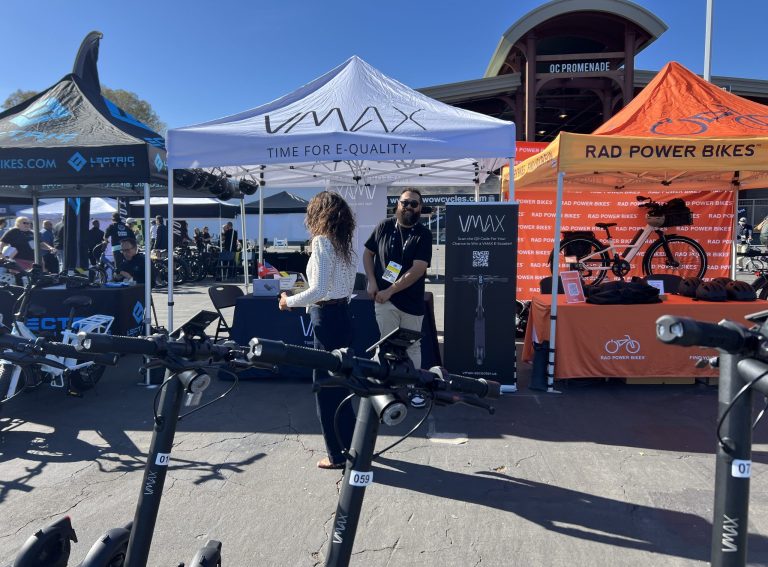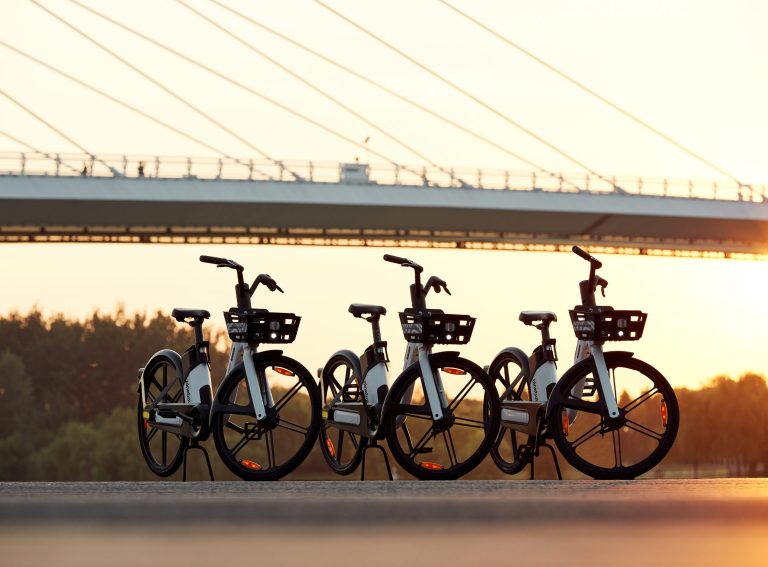Author: Matthew Pencharz, Voi head of policy for UK, Ireland and Benelux
Think about how you used to travel around before our world was turned upside down by the pandemic. Busy commutes at certain times of the day, the occasional Uber after a late night, piling your kids into the car to get to school. Now think about how your daily journeys look today.
It’s likely that many of us can’t imagine reverting back to those old habits, nor do we want to. We’re keen to explore better ways of doing things – that work for us – and nowhere is this more marked than in the way the UK is embracing micromobility.
Micro-mobility on the move
Since the Department for Transport gave private companies the green light to launch e-scooter pilots in partnership with local authorities in England last summer, there are now more than 10,000 scooters available for short-term hire in 50 towns and cities across the country. Voi has schemes running in 18 of these towns and cities including Liverpool, Bristol, Birmingham and Northampton.
As the operator with the most locations, riders and data in the UK, we’re in a unique position to show just how successful these schemes have been. Since launch, our data shows that people have flocked to this new form of transport; one that better suits their new way of life. Most of our riders are under 33, but we have riders from every age group.
It took six months for Voi riders in the UK to hit the one million rides target, and we are now averaging around 250,000 rides every week. Our riders have covered more than 7.9 million kilometres since September, the equivalent of 150 journeys round the Earth. Here in the UK typically journeys are 2-3km in length and usage is focussed on the centres of our towns and cities. The highest demand for rides has been in Bristol and Liverpool.
Hitching a ride on an e-scooter allows people to travel across town to go to work, meet a friend for coffee, a walk in the park, or to run errands in a safe, socially distant manner. They are increasingly being used to complement public transport journeys either to avoid the crowds, or to plug transport gaps. Across Voi’s main cities, including Liverpool, Bristol, Birmingham, Cambridge and Northampton, the most popular places to start and end rides are around the main train stations, suggesting that users are frequently using Voi before or after taking the train.
And we’re not stopping there. We’re committed to making our scooters inclusive. We’ve partnered with Klaxon Mobility to make an electric handbike that clicks onto wheelchairs and are working closely with the Royal National Institute of Blind People to equip our e-scooters with noise-emitting devices to protect partially sighted pedestrians.
Replacing private cars
In Bristol alone, e-scooter rides have replaced more than 282,600 private car trips, saving an estimated 131.2 tonnes of carbon dioxide emissions. More widely, a recent survey commissioned by Voi from findoutnow.co.uk also found that almost a third (31%) of users are using e-scooters as part of their existing public transport journey and almost a fifth (17%) use e-scooters to travel to and from work directly. The average national ride time is 13.5 minutes, while users across Portsmouth and Peterborough are doubling this, spending an average of half an hour at a time reaping the benefits and freedom of e-scooters.
E-scooters for rent are increasing in number and popularity, because they represent a safer, often cheaper and more environmentally friendly way to get back to normal daily life. As restrictions on travel and events begin to lift, people want to get out and about but are concerned about rising traffic and congestion levels. It’s an opinion shared by more than half of people across the country who, according to our survey data, believe that if we are to lower the fatal levels of pollution across the country and decrease congestion in our towns and cities, e-scooters, bikes and pedestrians should be given priority over cars.
In fact, 48% of people support the use of e-scooters across the UK, double the proportion of people who were opposed to the trials.
A virtuous circle
As demand for e-scooters increases, so too does official support for such transport schemes. Over the past 12 months, authorities have increasingly introduced measures to give more space to cyclists and scooter riders, to help them get around safely. We have also seen new measures such as the introduction of Birmingham’s Clean Air Zone which charges the more polluting vehicles from entering the city. These initiatives help to drive the shift to more sustainably transport modes, such as e-scooting.
Since May 2020, in London alone, some 100km of new cycle and e-scooters routes have been built along with a reallocation of road space to deliver School Streets and Low Traffic Neighbourhoods, which are designed to incentivise sustainable modes of transport, especially for shorter journeys. The kinds of journeys, which can be completed by micromobility.
We’ve been touting the benefits of micro-mobility for years, and have been encouraged to see these benefits coming to life across Europe. Yet until recently, e-scooters and e-bikes were not necessarily mainstream. As we return to a new state of normal, they’re increasingly seen as a safe, sustainable and economic mode of transport, not just for early adopters but for all. And one that will play a key role in supporting economies to recover and travel further along the road to Net Zero.











